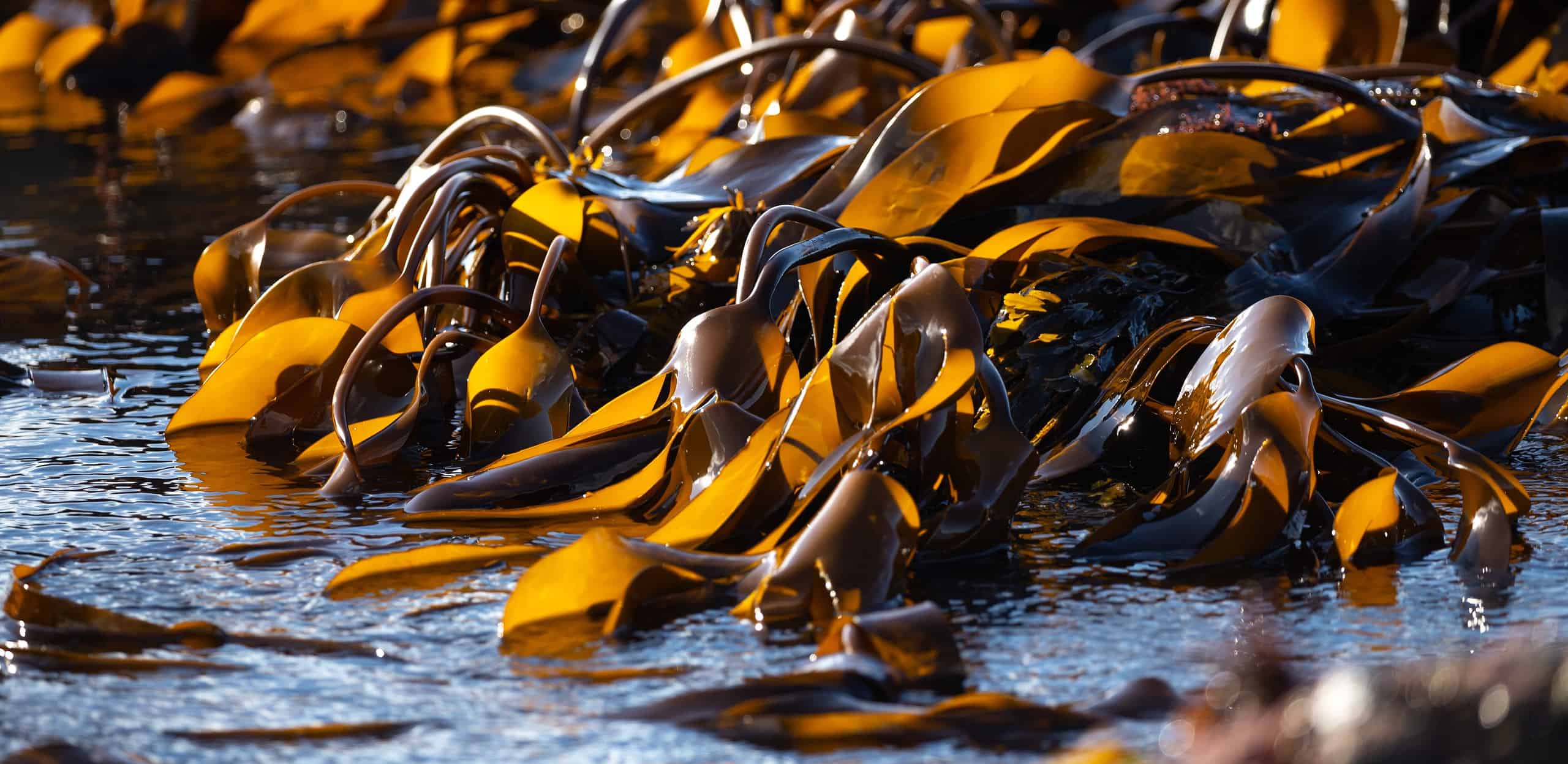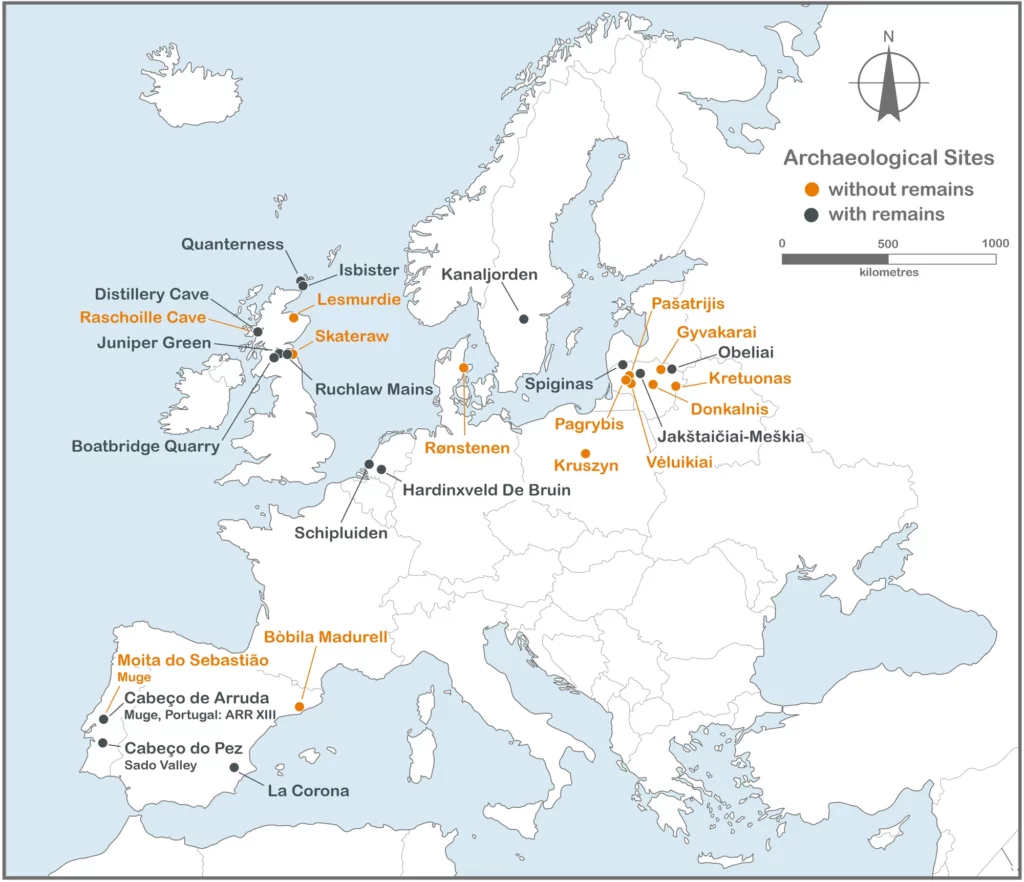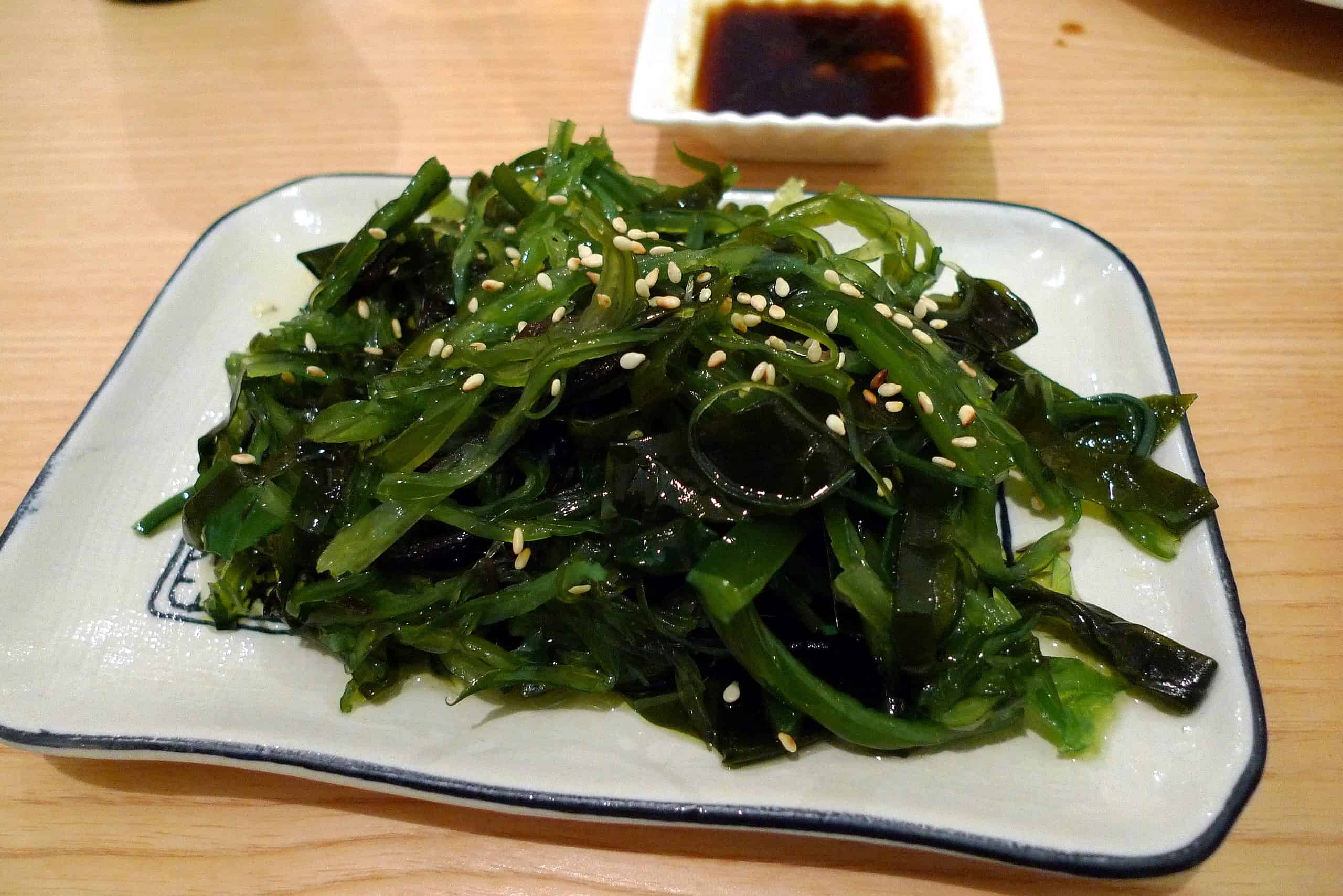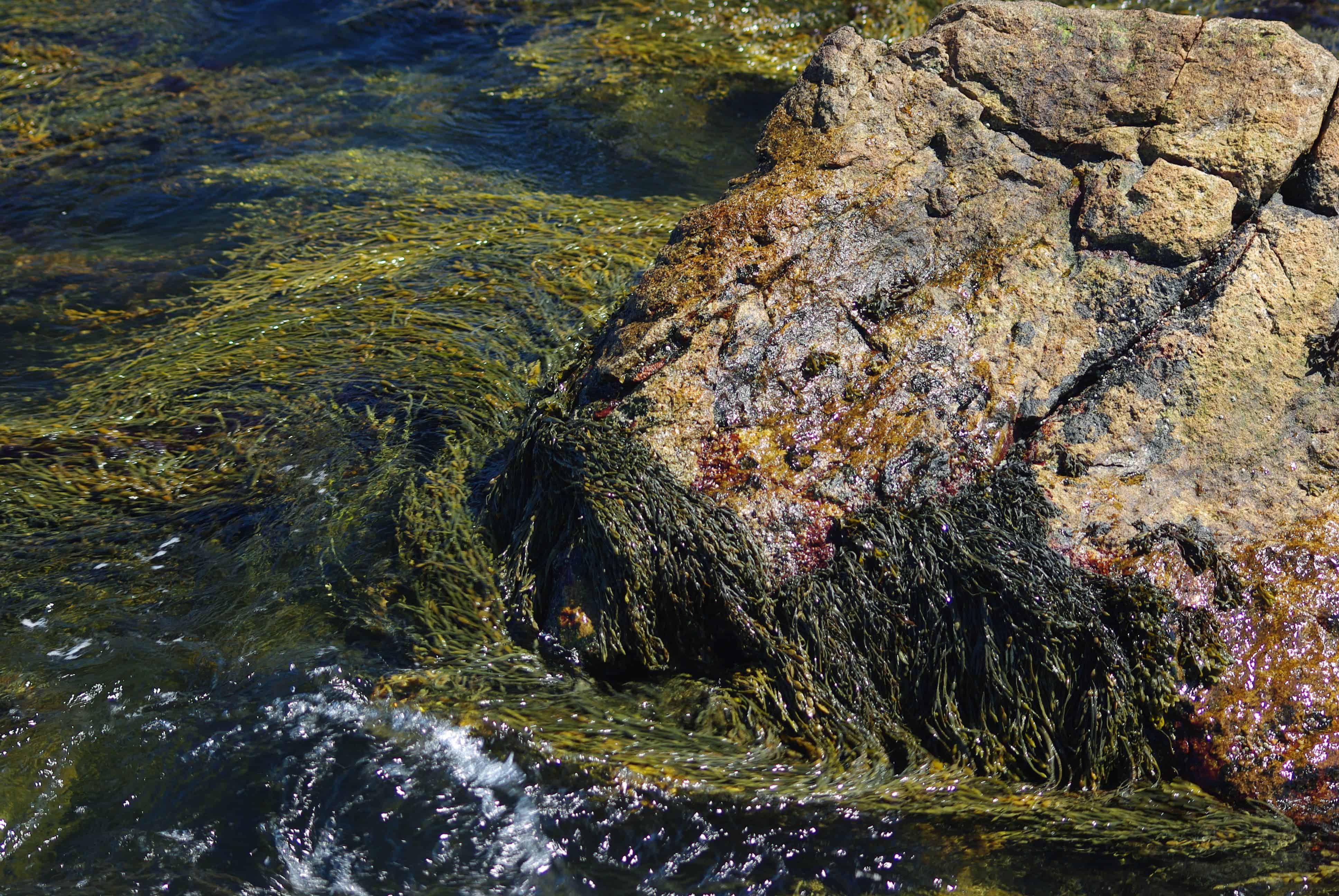Nowadays, seaweed is seen as an exotic or New Age type of food in Europe. But back in the day — by which I mean 8,000 years ago — it was quite common. An analysis of ancient teeth showed that seaweed was popular in Europe from the Mesolithic period up until the Middle Ages.

Seaweed is a highly nutritious food that has been consumed by various cultures around the world for centuries. It is rich in essential nutrients like vitamins, minerals, and antioxidants and it’s garnered a reputation for being a ‘superfood’. It’s also quite sustainable. But apparently, ancient Europeans were well on the seaweed hype train before everybody else.
Researchers have found telltale signs of seaweed consumption. They examined biomarkers found in human dental calculus (tartar) using advanced techniques. Notably, this wasn’t a one-off thing. The practice was spread from Spain to Lithuania, spanning a period from 6400 BC to the Early Middle Ages.
Overall, researchers looked at 74 individuals from 28 archaeological sites and uncovered “direct evidence for widespread consumption of seaweed and submerged aquatic and freshwater plants.” Out of the 74, almost half (33) consumed seaweed.
A big dietary surprise

This isn’t something researchers were expecting to find. In fact, it’s surprising for multiple reasons. The first reason is timing: apparently, Europeans were consuming seaweed way before people in the Far East, which is where seaweed is stil a popular food to this day. The second is that this suggests that ancient people would have been aware of the nutritional benefits of seaweed.
Dr Stephen Buckley, from the Department of Archaeology at the University of York, explains:
“The biomolecular evidence in this study is over three thousand years earlier than historical evidence in the Far East.”
“Not only does this new evidence show that seaweed was being consumed in Europe during the Mesolithic Period around 8,000 years ago when marine resources were known to have been exploited, but that it continued into the Neolithic when it is usually assumed that the introduction of farming led to the abandonment of marine dietary resources.”
“This strongly suggests that the nutritional benefits of seaweed were sufficiently well understood by these ancient populations that they maintained their dietary link with the sea.”
This is all the more surprising because historical mentions of seaweed consumption in Europe are scarce. There are some mentions of it as an anti-scurvy remedy or some British laws for the collection of seaweed, but these are isolated mentions. In fact, seaweed has often been considered a ‘food of last resort‘, being used in times of famine, warfare, or other disasters — where it would have been of big help thanks to its nutritious content.
Seaweed past and present
Nowadays, there are around 10,000 different species of seaweed in the world. Out of them, only 145 species are eaten today, principally in Asia. In Europe and the US, seaweed is often seen as a novelty or exotic food — but researchers hope that with this study, they can convince people that seaweed has long been a popular food.

Karen Hardy, Professor of Prehistoric Archaeology at the University of Glasgow and Principal Investigator of the Powerful Plants project says it’s exciting to show that seaweed and freshwater plants were consumed over a long period.
“Today, seaweed and freshwater aquatic plants are virtually absent from traditional, western diets and their marginalization as they gradually changed from food to famine resources and animal fodder, probably occurred over a long period of time, as has also been detected elsewhere with some plants.
“Our study also highlights the potential for rediscovery of alternative, local, sustainable food resources that may contribute to addressing the negative health and environmental effects of over-dependence on a small number of mass-produced agricultural products that is a dominant feature of much of today’s western diet, and indeed the global long-distance food supply more generally.”
It’s unclear how important or common seaweed would have been as a food source, but it could have been a complement to regular diets. People could have foraged it the same way we foraged mushrooms or berries.
But the key significance of this study is that people used to eat seaweed thousands of years ago, and continued to do for many centuries. Perhaps this would make us more likely to consider this food as well.
The study was published in the journal Nature.






